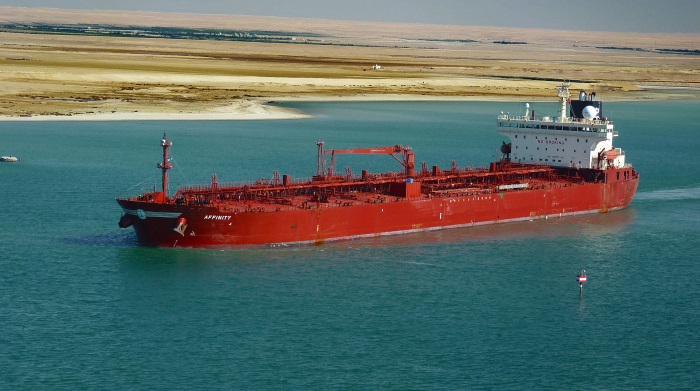The product tanker market is already in Russian ban mode since February the 5th, when the EU import ban took effect. In its latest weekly report, shipbroker Xclusiv Shipbrokers said that “as the first week of February passed, central banks made another interest rate rise in order to restrict inflationary pressures. On Wednesday, FED lifted the target for benchmark rate by 0.25 to 4.5%, while Federal Reserve Chair Jerome Powell said policymakers expect to deliver a “couple” more interest-rate increases before putting their aggressive tightening campaign on hold. On the other side of the Atlantic, ECB raised the interest rate on the main refinancing operations by 0.50 % to 3.0% during its February meeting, pushing up borrowing costs to the highest level since late 2008 and pledging to deliver another 0.50% rate hike at its next monetary policy meeting in March. The Bank of England voted by a majority of 7-2 to raise interest rates by 50 basis points to 4.0 percent during its February meeting, pushing the cost of borrowing to the highest level since late-2008. It was the 10th consecutive rate hike amid policymakers’ efforts to combat high inflation and despite the risks of an expected economic recession this year”.
According to the shipbroker “the wet market has started to feel the effects of the EU ban on Russian crude oil as two months have passed since 5 December 2022 and now analysts are wondering how the oil product ban will affect the market. As per the EU ban on Russian oil products that has started on Sunday 5 February 2022, EU owned vessels are no longer able to transport Russian oil products unless the products have been sold at or below the price cap that G7/EU has agreed. This is a harsh decision for Europe as Russia is its largest supplier of oil products. To see how significant Russian oil products are for Europe, in term of Diesel imports, 60% of European imports of diesel have come from Russia, a dependency that rises to 70% for Northwest Europe, while in the Mediterranean 25% of diesel imports come from Russia. If the cap works as the crude oil cap, global oil product flows will reshuffle, and Europe will try to find alternative suppliers while Russia must find new customers for its refineries production. So just like in the crude oil cap, markets will have to adjust. Probably Europe will turn to US, Middle East and India for oil products, adding tonne miles to the wet market and in that way reducing the supply of product vessels and strengthening the freight rates. For Russia this will be a difficult crossword to solve. They already sell crude oil at steep discounts to China and India and the effort to find alternative customers for their refineries’ productions will lead to additional price discounts as exports to Europe were more than the 85% of the total, while India’s and Far East refineries work in full capacity (as they can obtain Russian crude in low prices) covering most of their country’s demand”.
Xclusiv added that “in the dry bulk market, the S&P interest has been partially frozen, as the volume of available vessels for sales has been decreased mainly due to the gap between the offering and the asking prices. Dry bulk indices (mainly the Panamax, Supramax and Handysize index) have reached levels not seen since 2020. However, the 10-Year-Old prices haven’t followed a similar trend. The asset values for a 10 year old Panamax, Supramax & Handysize, are 80%, 106% and 76% up respectively, compared to 10- year old values back in June 2020”.
“The market hopes that Capesize rates may return to higher levels soon, as their freight rates pay now less than their Opex (Capesize T/C average closed the week at USD 3,651). Still China is mainly backing the cape recovery hopes & grain exports that look promising for smaller sizes. During the first month of 2023, Ukraine exported around 3.3 million tonnes of grains, although this is down m-o-m, it is noteworthy that in December 2022, Ukraine grain exports hit the highest level since February 2022 (before Russia’s invasion of Ukraine). Furthermore, as estimated by the US government, Brazil is expected to produce record quantities of soybeans from mid-February through mid-May. South America’s largest country, Chile, is expected to grow 153 million tonnes of the commodity for the 2023 harvest, an increase of 18.2% from a year ago and 9.7% from 2021, and winter wheat is currently in good condition across the EU-27, with the growing area slightly above the 5year average”, the shipbroke said.
“Last but not least, there are reports that the US is planning to impose a 200% tariff on Russian aluminum this week, in an attempt to keep pressure on the country’s economy. As a result of such steep tariffs, US imports of the metal from Russia would effectively cease. According to US trade data, Russia’s aluminum imports have dropped from 10% to just more than 3% of total US aluminum imports since the beginning of the Russian invasion to Ukraine”, Xclusiv concluded.
Source : Hellenic Shipping News






